
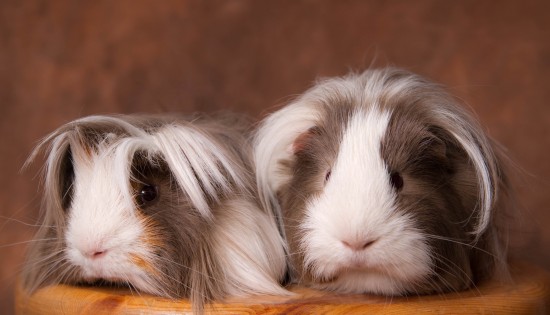
Guinea pigs are without doubt one of the best pets for children and it’s easy to learn everything you need to know about caring for them. They are fun, cuddly, cute, easy and inexpensive to keep and have a life expectancy of around 4-7 years.
Compared to other rodents they do not smell anywhere near as much as say, mice, or rats. They have very small droppings making it easy to keep their living areas clean and fresh, and they don’t scratch or gnaw very much.
If you are looking for a suitable pet for children 5 and above, or want a fun pet for yourself then a guinea pig may be just the pet for you. They are social creatures that will interact with people, making noises and responding to treats and fussing.
If owned and handled from an early age guinea pigs will rarely bite or scratch the people they are familiar with. They are timid and calm when handled and will not take every opportunity to run away. Quite the opposite in fact, they like to stay close to their cages and will often not leave their cage if the door is left open.
When you decide that you want a guinea pig, finding the right one can be a little confusing at first. There are a lot of different types that can look quite different to each other. Guinea pigs have been found all over the world, some have short hair, some have long hair, there are breeds with rough hair, but all provide a fun and loyal pet.
Tortoiseshell guinea pigs are black, white and brown. The Agouti is a smooth-coated cinnamon/grey colour. While one-coloured guinea pigs are called ‘selfs’, worded as Self Blacks, Self Chocolates and Self Whites.
The colour of the guinea pig comes down largely to personal preference and makes no difference to how the guinea pig needs to be cared for. The length of the hair however means they have some different requirements, you will need to put in some time maintaining their coats. A long-haired Peruvian needs to be brushed to keep its hair free from knots and pests for example.
For a first time owner a short haired breed is recommended. Rough or smooth hair doesn’t make much difference, but it’s important to make sure the breed will not grow up to have long hair. This means washing and brushing is kept to a minimum, and should you need to treat your guinea pig for fleas you can apply treatment easily.
Another consideration for beginners is to plan what sexes of guinea pig you are going to house together. Guinea pigs are completely happy living on their own, however if you want more than one you should make sure they are of the same sex. Two or more females are the best option if you want to minimise the risk of fighting. Combining different sexes will almost certainly result in some occasional fighting, and two males will fight over territory from time-to-time.
When you first see the guinea pig you are going to buy you need to check its general health and condition. Their eyes should be clean and bright, nose, ears and mouth should look clean and free from any sores or blemishes. Their coats should look clean and full, no bald or patchy areas that look like the guinea pig has been scratching. Stroke their hair back against the natural direction and look for obvious signs of fleas or mites. Their skin should be free from any red patches or sores.
If you have fallen in love with a certain guinea pig but can see any of the above mentioned health problems, you should not take a chance on it. There are often other related ongoing problems if a guinea pig is in bad health, there are effective treatments to remove fleas and skin conditions if you only notice these problems once you own the guinea pig.
Guinea pigs are able to live in indoor or outdoor cages dependant on the climate where you live. You don’t want your guinea pig getting too cold, so a lot of people keep them outside during the day, then bring them inside overnight or if there is some stormy weather coming.
A regular rodent or small animal cage is fine for guinea pigs. You need to provide as much room as possible, have fresh water and food available, and place it somewhere with adequate air ventilation and away from any noise.
While guinea pigs do not make as much mess as other animals similar in size, you should clean their cage out once a week and place fresh bedding in for them. Keeping on top of the cleaning will make the process a lot easier and help the guinea pigs live a happier, healthier life.
In the wild guinea pigs graze on leaves, grass, seeds, and other similar foliage they can find. In captivity they like to eat fresh fruit, grass, vegetables, and grain. Providing a mixture of foods is the best way to make sure your guinea pig is getting a good range of nutrients.
Ideally you should try and keep some fresh grass in the cage so your guinea pig can graze on it over time. In addition add a bowl of oats, pellets, and specific guinea pig grain/food mixtures to add some variation to its diet.
If you want to feed your guinea pig some fruit or vegetables the best options are; apples, carrots, corn, lettuce, celery, and tomatoes. Guinea pigs have individual personalities and tastes so do not be surprised if one guinea pig likes certain foods, and another will not even touch it. Always provide fresh food don’t just use them as a way to eat your leftovers, make sure you wash the fruit and vegetables too to remove any pesticides.
Guinea pigs require water available at all times, this is easily provided by using a water bottle attached to the side of their cage. Another option is to put a water bowl in their cage, but you may find they flick bedding and bits of food into the water.
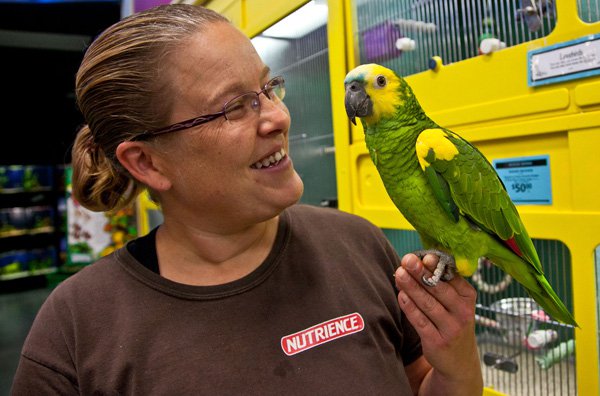 The Advantage of a Portable Dog Water Bottle Dispenser
The Advantage of a Portable Dog Water Bottle Dispenser
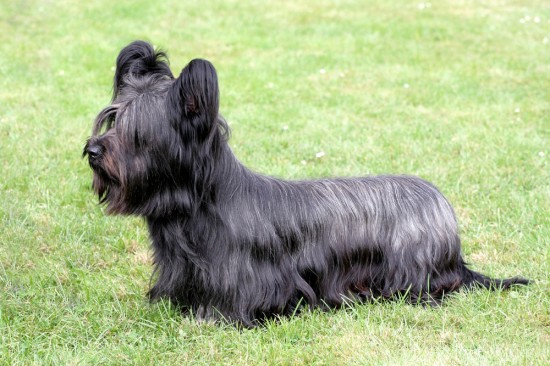 4 Endangered British Native Dog Breeds
4 Endangered British Native Dog Breeds
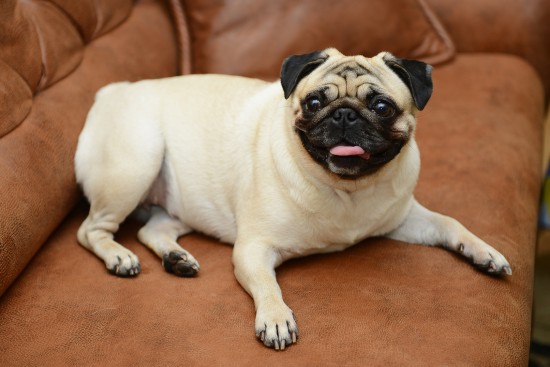 Understanding The Difference Between Dominant Behaviour And Stubborn Behaviour In The Dog
Understanding The Difference Between Dominant Behaviour And Stubborn Behaviour In The Dog
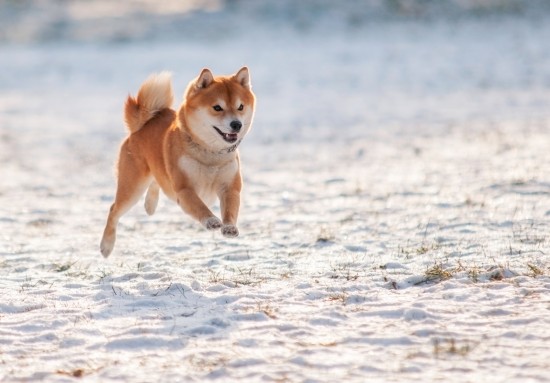 Learning More About The Shiba Inu Dog
Learning More About The Shiba Inu Dog
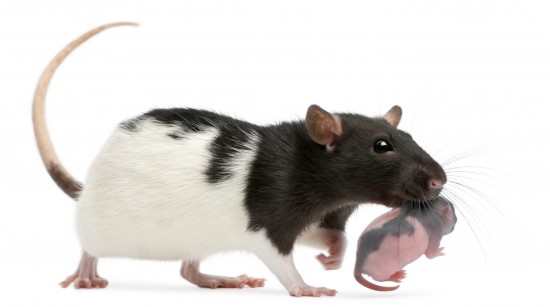 Breeding From Your Rat
Breeding From Your Rat
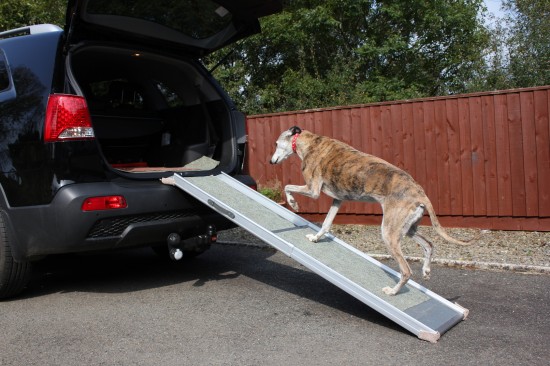 10 Great Ways To Help Your Dog If They Suffer From Arthritis
10 Great Ways To Help Your Dog If They Suffer From Arthritis
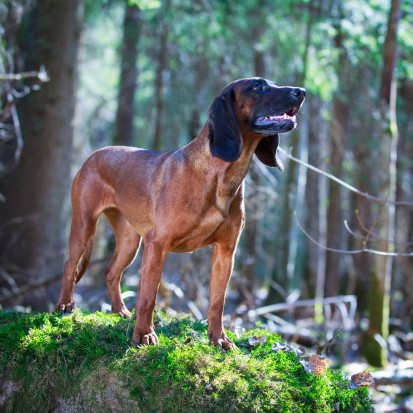 Is The Bavarian Mountain Hound A Good Choice Of Pet?
Is The Bavarian M
Is The Bavarian Mountain Hound A Good Choice Of Pet?
Is The Bavarian M
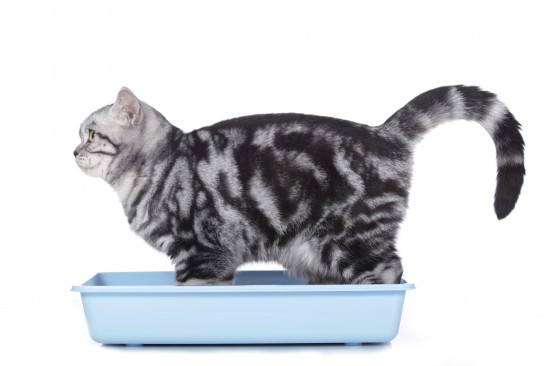 How To Help Your Vet & Collect A Urine Sample From Your Pet
How To Help Your
How To Help Your Vet & Collect A Urine Sample From Your Pet
How To Help Your
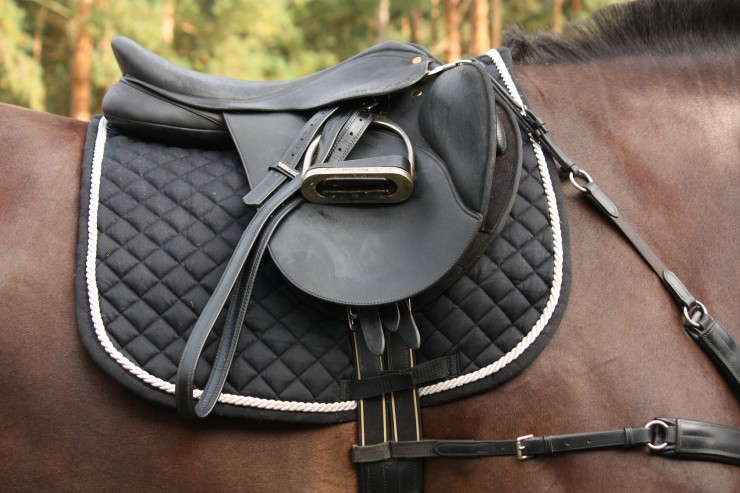 Skin Problems That Make It Hard To Tack Up A Horse
Skin Problems Tha
Skin Problems That Make It Hard To Tack Up A Horse
Skin Problems Tha
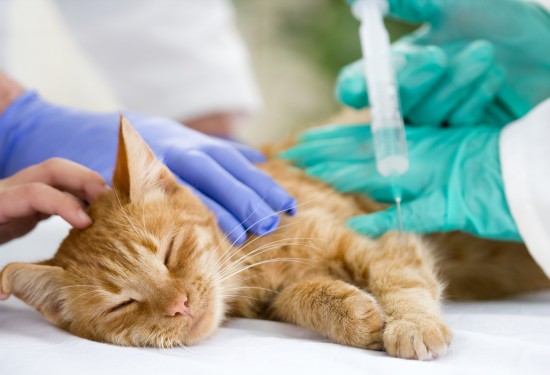 What Happens When You Leave Your Cat For An Operation?
What Happens When
What Happens When You Leave Your Cat For An Operation?
What Happens When
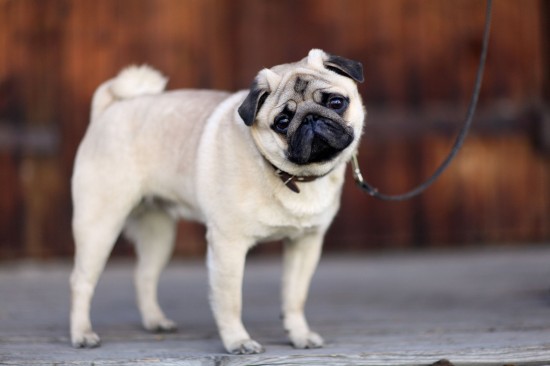 Testicular Cancer In Male Dogs
Testicular Cancer
Testicular Cancer In Male Dogs
Testicular Cancer
Copyright © 2005-2016 Pet Information All Rights Reserved
Contact us: www162date@outlook.com